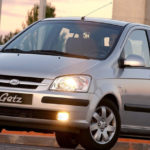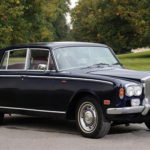Trabant 1957 - 1991 - History of cars
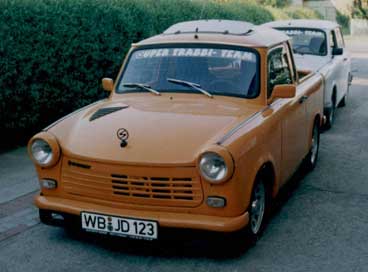
Trabant
The consequences of World War II and the division of interest spheres into the European East and European West left a great impact on the way of life and work of ordinary citizens on both sides. One of the best examples of diversity, not only of products, but of the whole philosophy and concept of the auto industry, is the two German states.
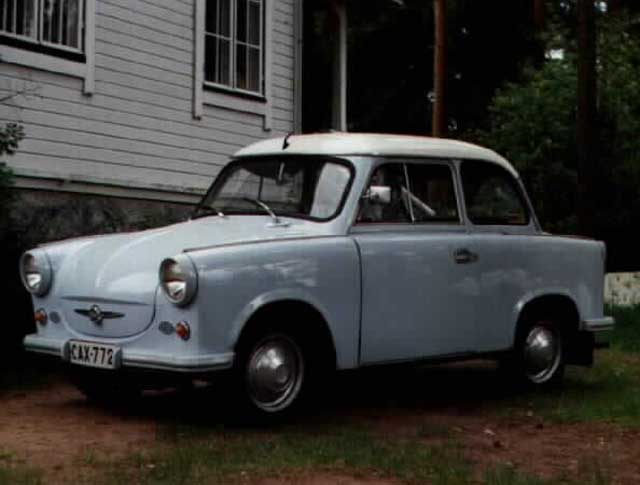
After the War, Germany was divided into two, while an insurmountable wall emerged between them, conditioned by the struggle of socialism and capitalism as two completely different views of life. And, while there were a dozen manufacturers in the Federal Republic of Germany whose cars were very expensive status symbols, on the east, in To the German Democratic Republic, which was administered by the Russians, was played by a completely different song. A car called Trabant, introduced in 1959, was truly the bare minimum of what any driver could expect from their tin pet. I apologize, semi-plastic, because, to reduce production costs, the body was made of polyurethane; a kind of blend of plastic, sheet metal and who knows what else it doesn't.
Due to the extremely "solid" body in a slightly stronger collision with a slightly more robust vehicle, there was no "T" left from the Trabant, and not even from the unfortunate driver. Driving safety has probably never occurred to Russian "geniuses", so it is not surprising that none of the slightly more than three million produced in 1991 had any airbags installed. That would still be too much for an Eastern European producer.
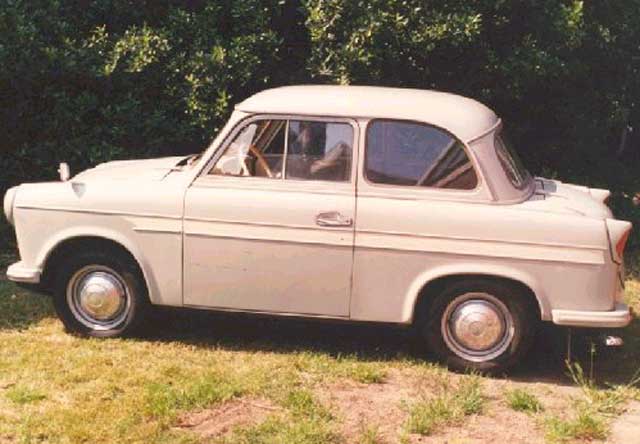
Either way, little Traby was an East German everyday, and, as ridiculous as it may sound, he served the average DDR well, but only because he didn't know better. It is almost inconceivable that from the moment of payment, the delivery of the new Trabant had to wait 14 years. Customers came to this by paying money for a new copy every 3 years, which was approximately its useful life.
The car was small, about 3.6 m long, but its distinctly square design was due to the fact that there was enough space inside for four adults and a solid amount of luggage. On the other hand, the fuel tank received a very modest 26 liters, which allowed it to drive approximately 400 km. Trabant consumed a very non-ecological mixture of gasoline and oil, much like the bigger "brother" Wartburg, and the culprit for heavy consumption, apart from the non-aerodynamic bodywork, is the propulsion engine itself. The two-cylinder, two-cylinder engine of outdated philosophy, drawing 595 horses from 3 cc, produced so much smoke that often other riders would slip away, not wanting to swallow that much smoke.
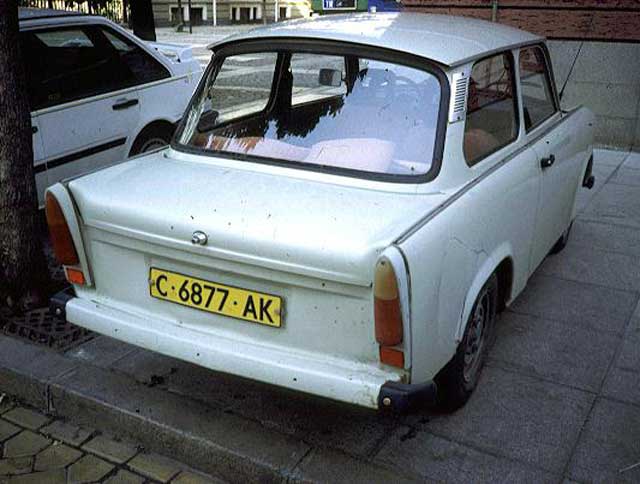
Vehicle performance was more than poor; acceleration to 60 in XNUMX seconds, which was his ultimate speed. Neither the engine allowed for anything more, nor the body could handle it.
The four-speed transmission was located next to the steering wheel, and the highlight was the lack of a fuel gauge, so the poor drivers had to use the rods they pushed into the tank.
Interestingly, in the XNUMXs Trabant needed to be modernized. Namely, with the appearance of the small Audi 50, on the basis of which the first Volkswagen Polo was created, everything was already prepared for the production of exactly the same car, but under the sign of the Trabant factory. At that time, the Central Committee of the Communist Party vetoed any modernization, because, in their opinion, this was good enough, and anything more would mean too much freedom for the individual. At that time, the car was generally considered a category of private property that was in conflict with the principles of socialism. Truly amazing, but true.
However, fifteen years later, with the unification of the two German states, the changes had to be radically changed, so, for a start, a one-liter engine, the one from the weakest Polo, was installed in Trabanta. Certainly, it had to be adapted to the new armor it was tucked into, so it was a little weakened, but there were more than 40 horses now, and more than a revival for the East Germans.
Today, tens of thousands of specimens are still rolling on various roads, mostly in the eastern part of Germany, of course. Many owners' clubs have been established, which hold joint meetings, competitions and similar gatherings.
The car tragicomedy, which was more of a tragedy than a comedy, ended in 1991, shortly after the fall of the Berlin Wall, Trabant ceased production.
Retrieved from: arhiva.vidiauto.com
Recommendation of similar texts:

Hi there, I am Mladen and I am an auto enthusiast. I started this blog years ago to help like minded people share information about latest cars, car servicing ideas, used car info, exotic cars, and auto technology. You will find helpful articles and videos on a wide variety of cars - Audi, Mercedes, Toyota, Porsche, Volvo, BMW and much more. Ping us if you have anything cool to share on latest cars or on how to make older cars more efficient, or just want to say hi!

